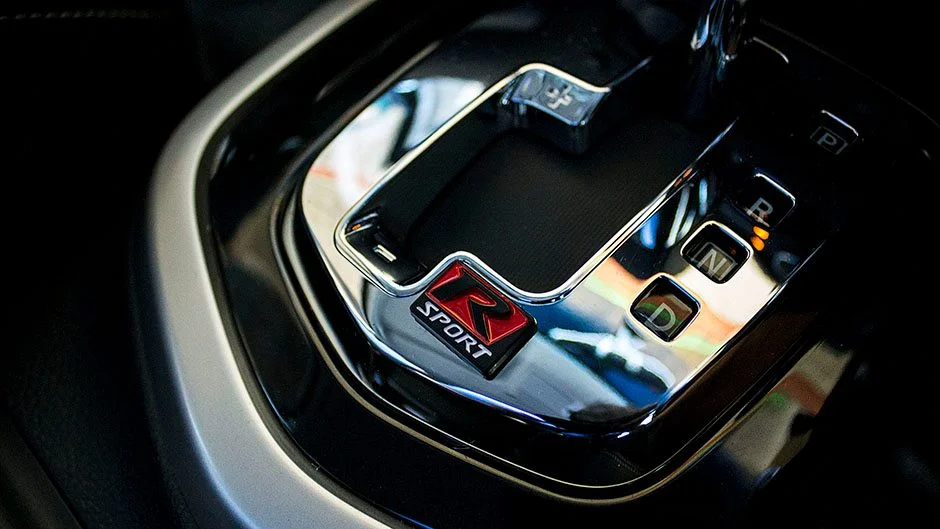Feature article
Engine Oils: The Ultimate Guide
Engine oil decoded: Learn how to choose the right oil for superior engine protection and a long life on NZ roads.

When you're staring at the wall of options at the shop, that oil bottle can look like a secret code. What do all those numbers and letters actually mean? Choosing the right engine oil isn't about being a mechanical expert…it's about giving your engine exactly what it needs for a long life on Aotearoa's roads.
Why Your Engine Needs Oil: The Four Key Jobs
Your car's engine is a precise, mechanical powerhouse where hundreds of metal parts move at incredible speeds. Without the right oil, it would seize up in minutes. Engine oil isn't just a lubricant; it's a multi-tasker with four critical jobs:
Lubrication: This is the big one. Oil creates a thin film between moving metal parts—like pistons and cylinder walls—to prevent them from grinding against each other. This stops wear and tear.
Cooling: As your engine runs, it generates massive heat. Oil circulates, absorbing that heat from the hottest components and transferring it to the oil pan, which acts like a small radiator.
Cleaning: Engine parts shed tiny particles of metal, soot, and carbon. Oil contains detergents and dispersants that grab these contaminants and carry them to the oil filter.
- Sealing: Oil creates a seal between the pistons and cylinder walls. This maintains the compression needed to make the engine powerful and efficient.
1. What Do the Numbers Mean? (Viscosity)
The most important part of the oil is the code on the bottle, like 5W-30 or 10W-40. This is the oil's viscosity, or how thick it is.
The first number (with the 'W' for winter) is how thin the oil is when it's cold, like when you first start your car on a crisp winter morning. A 'lower number' (like 5W) means it's thinner and flows faster to protect your engine’s internal parts immediately.
The second number is the oil's thickness when the engine is running at full operating temperature. A 'higher number' (like 40) means it stays thicker at high heat, which is often better for older engines or those working hard.
Rule of Thumb: Always check your car's owner's manual! The manufacturer knows exactly what viscosity your engine needs. You can usually find the recommended oil type listed on the oil filler cap itself.
2. Synthetic, Conventional, or Blend? (Base Oil Type)
The second big difference is what the oil is made from. This affects its performance, price, and how often you need to change it.
| Oil type | What it is | Best For | Key Advantage | ||||
|---|---|---|---|---|---|---|---|
| Conventional (Mineral) | Conventional (Mineral) | Refined crude oil. The oldest type. | Refined crude oil. The oldest type. | Older, simpler engines where maximum performance isn't required. | Older, simpler engines where maximum performance isn't required. | Lowest cost. | Lowest cost. |
| Synthetic | Synthetic | Chemically engineered from scratch. | Chemically engineered from scratch. | Nearly all modern cars, especially turbocharged or high-performance models. | Nearly all modern cars, especially turbocharged or high-performance models. | Superior protection across extreme temperatures and longer time between changes. | Superior protection across extreme temperatures and longer time between changes. |
| Semi-Synthetic (Blend) | Semi-Synthetic (Blend) | A mix of conventional and synthetic oils. | A mix of conventional and synthetic oils. | Drivers looking for a balance of cost and protection. | Drivers looking for a balance of cost and protection. | Better protection than conventional, but cheaper than full synthetic. | Better protection than conventional, but cheaper than full synthetic. |
Tip: Most modern cars need full synthetic oil. It keeps your engine cleaner, offers better protection from wear, and can cope with the high temperatures and tight tolerances of new engines. It costs a little more up front, but it's a small price to pay for a long and healthy engine life.
3. The Other Letters (Standards and Additives)
You might also see things like API or ACEA followed by more letters. These are international standards that tell you about the oil's quality and what it can do.
API (American Petroleum Institute): Look for an 'S' series (like SN or SP). The second letter indicates the performance level. The further down the alphabet it is, the more recent and higher quality the standard.
- Additives: All engine oils have additives that clean, prevent rust, and stop foaming. Better oils have a more advanced cocktail of these ingredients.
Your Engine Oil Checklist
Taking care of your engine is the best way to protect your investment. Before you head to the shop, make sure you know:
Viscosity: Does the oil match the 'W' and the operating temperature number your manual recommends (e.g., 5W-30)?
Type: Are you buying a full synthetic, semi-synthetic, or conventional oil? Stick to the manufacturer's recommendation here.
Standard: Does the oil meet or exceed the required API or ACEA quality standard?
Remember, good maintenance is one of the easiest ways to keep your Total Cost of Ownership low. With the right oil, you're all set to hit the road!
Author
Other articles you might like




